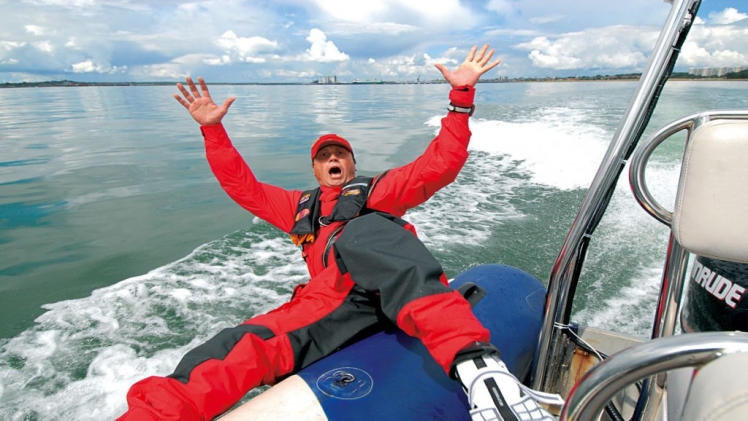Introduction:
A day out on the water is meant to be a delightful and relaxing experience, but unforeseen accidents can occur. One such incident is a passenger falling overboard from a small boat. In these critical moments, a well-executed rescue plan is crucial to ensure the safety and well-being of the individual in distress. This article will outline effective and safe methods to retrieve a person who has fallen overboard, emphasizing the importance of preparedness and quick action.
Preparation:
Before delving into the rescue techniques, it’s essential to highlight the significance of preparedness. Every boat should be equipped with essential safety gear, including life jackets for all passengers, throwable flotation devices, and a throwable rescue line. Additionally, all crew members should be familiar with the boat’s layout and location of safety equipment, ensuring a rapid response in case of an emergency.
1. Raise the Alarm:
The moment someone falls overboard, the priority is to alert everyone on the boat about the situation. Yelling “Man overboard!” or activating an onboard alarm system can swiftly grab the attention of fellow passengers and crew members, initiating an organized response.
2. Assign a Spotter:
Designate someone to keep a constant eye on the person in the water. This spotter is crucial for maintaining visual contact with the overboard passenger, guiding the rescue efforts, and ensuring the individual’s location is constantly monitored.
3. Stop the Boat:
As soon as the alarm is raised, bring the boat to a complete stop. This action prevents the vessel from moving farther away from the overboard passenger, simplifying the retrieval process. Assign someone to take control of the helm and maintain the boat in a stable position.
4. Deploy a Throwable Flotation Device:
If the boat is equipped with throwable flotation devices such as lifebuoys or ring buoys, immediately deploy one towards the overboard person. These devices provide buoyancy and give the individual something to hold onto while awaiting further assistance.
5. Maneuver the Boat:
In certain situations, it may be necessary to maneuver the boat to a safer position relative to the person in the water.

